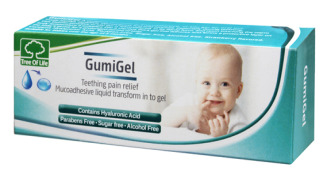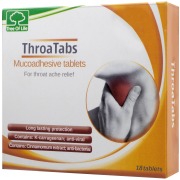Mucoadhesive
tablets for treatment of Aphthous Stomatitis
Recurrent Aphthous Stomatitis (RAS) is
among the most common painful oral conditions, with up to 66% of the world’s
population affected. These wounds are often called canker sore.
Aphthous Stomatitis causes small,
painful benign ulcers inside the mouth that may appear on the tongue and on the
inside linings of the cheeks, lips, and throat. Wounds usually appear as white,
grey, or yellow in color, with a red border. Aphthous ulcers typically last for
10 painful days and they heal spontaneously normally without leaving a scar.
There are a number of possible
triggers to RAS, each of which is capable of producing the disease in different
subgroup. In most cases, the cause is unclear, but is thought to be
multifactorial. It is suggested that RAS is not a single entity but rather a
group of conditions with different causes. It has been associated with other
autoimmune diseases.
There is no certain cure for RAS, but
it is known to be not contagious and that topical treatment can be used to
assist in the healing process.
Aphthron is a mucoadhesive tablet which adheres to the
ulcer thus creating a mechanical barrier that protects the ulcer from contact
with the tongue, teeth, food, and pH changes in the mouth.
Aphthron contains Hyaluronic Acid 0.5% which protects
the ulcer, enhances tissue hydration and significantly shortens the healing
process by isolating the wound from irritants.
Aphthron also contains Menthol as a cooling ingredient;
it induces a local numbing sensation by extracting heat form the tissue it is
applied on. This cooling sensation causes local desensitization of sensory
nerves, leading to a decrease in pain transmission to the central nervous
system.
Aphthron acts via a special mucoadhesive, slow release
mechanism. The tablet sticks to the soft tissue in the mouth, on top of the
wound in a way that ensures the release of the active ingredient into the ulcer
for a prolonged period of time until the tablet is completely dissolved and
disintegrated (up to 4 hours).
This mechanism provides a long lasting
and highly effective pain relief to the treated ulcer.





